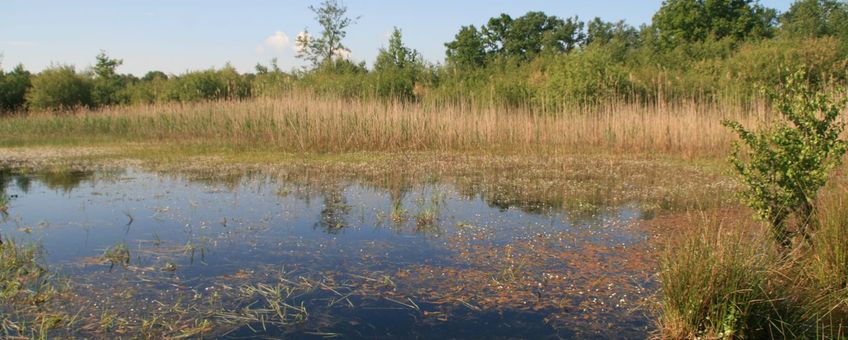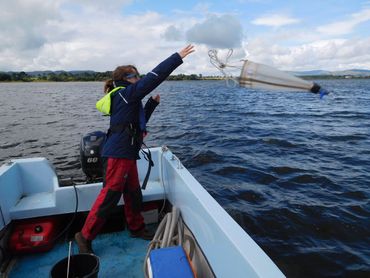
What ice cream, domino and water management have in common
Netherlands Institute of Ecology (NIOO-KNAW), Wageningen Environmental Research, Wageningen University & ResearchWhere did the nutrients from your ice cream eventually end up, and what does that mean for the water quality? These are the kinds of questions with which researchers at Wageningen University & Research and the Netherlands Institute of Ecology are concerned. When dealing with food, nutrients end up in surface waters unintentionally. Not always because food is spilt or flushed away, but even before you buy food, particularly during production. After a long journey, these nutrients eventually flow into the ocean. Along the way, they can cause a lot of damage. For example, think of thick layers of blue-green algae that often plague swimming waters during summer and pollution of water used for agriculture and drinking water.
“We research how we can more smartly handle our essential nutrients in our water management. The aim is to improve water quality on a large scale and at the same time contribute to more sustainable use of nutrients,” says Dianneke van Wijk, researcher in the field of the novel management approach Smart Nutrient Retention Networks. “I see opportunities for smart use of the natural capacity of water plants to store nutrients.”
Domino effect in networks of waters
The Dutch researchers have worked out their novel idea in an article that was published in a special issue of Inland Waters in April. Smart Nutrient Retention Networks use the local effect of water plants to store nutrients to lessen the supply of these nutrients into connected surface waters. “New water management strategies can commence by looking at such networks of surface waters,” explains Van Wijk. “Local improvement of water quality can cause a switch in downstream water quality that can spread through the network by a domino effect. In an ideal case, improving water quality in one spot is thus sufficient to improve the water quality throughout the network.”
Water plants retain nutrients

Development of models
To better deal with nutrients in surface waters, models are needed that consider this natural resilience and the domino effect on water quality. A few such models already exist for lakes, but they are not yet suitable for a network of water bodies. “We are developing such models, but in the meantime, water quality managers can already start to focus more on management aimed at storage and reuse of nutrients in networks of water bodies,” advocates Van Wijk. “We already know a lot, and that knowledge can be used.”
More information
Text: Wageningen Environmental Research and Netherlands Institute of Ecology
Photos: Dianneke van Wijk (lead photo: fen in Grenspark Kalmthoutse Heide nature reserve, Noord-Brabant ); Laurence Carvalho
